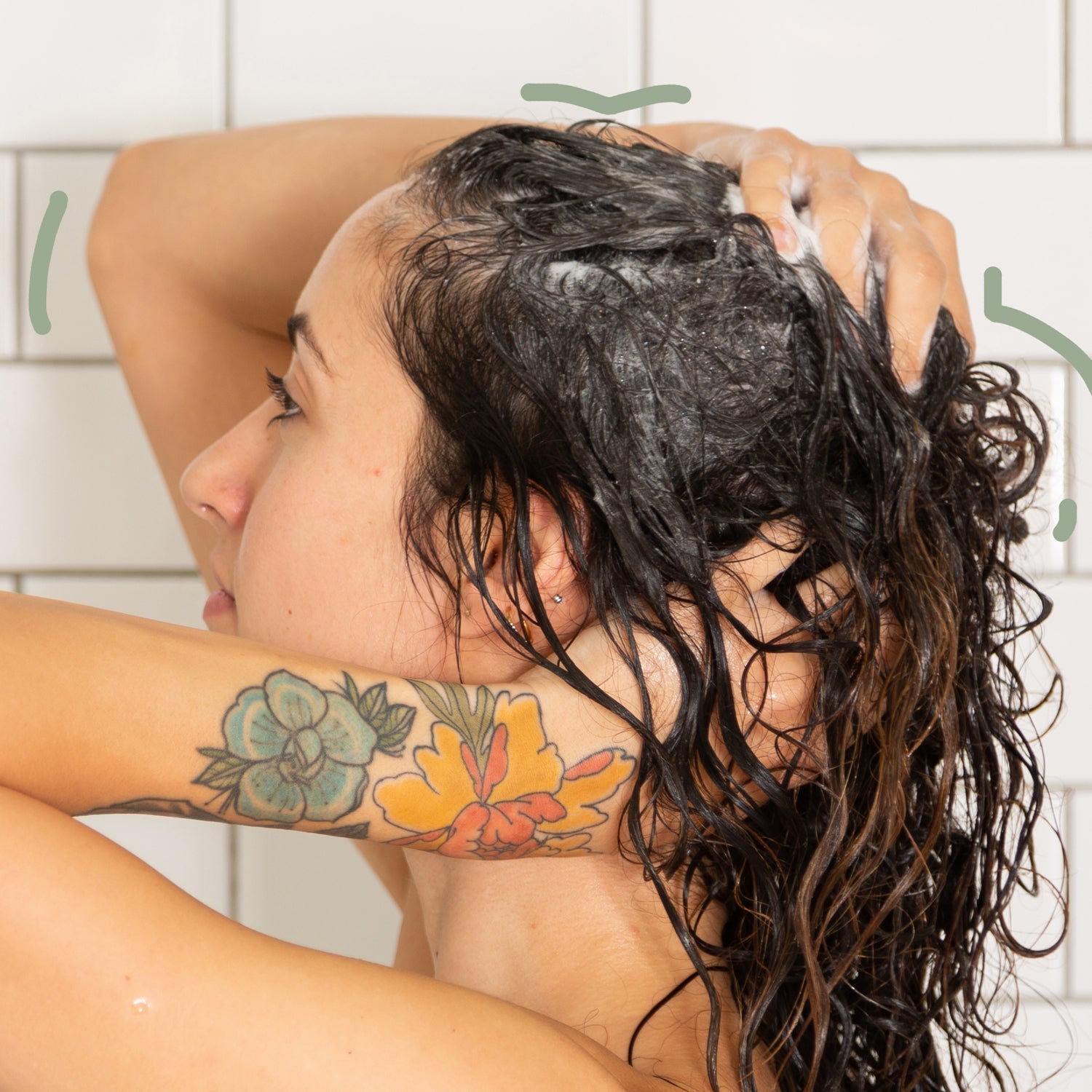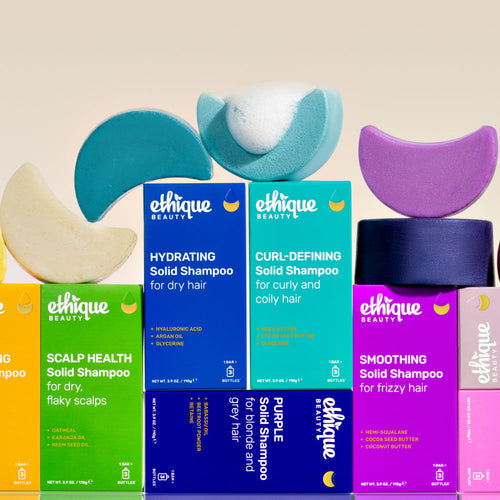Have you ever wondered what happens to your Ethique box after you've used up your favorite bar? Unlike most packaging that ends up in landfills, ours has a much brighter future—one that actually benefits the planet!
When Cardboard Isn't Just Cardboard
Let's talk about a little secret in the packaging world: not all cardboard is created equal.
Many of those innocent-looking cardboard boxes harbor a hidden layer of plastic. Sometimes it's on the outside to create a shiny, eye-catching appearance on store shelves. Other times, it's lining the inside to provide moisture resistance or durability. And occasionally, it's both!
This sneaky plastic layer means that cardboard isn't actually compostable—and in some regions, it can't even be recycled.
Why Ethique Is Different
Here's where we get to share some good news! We're incredibly proud of our home-compostable packaging. When we say compostable, we mean genuinely, truly, 100% compostable—no hidden plastic, no greenwashing, just honest-to-goodness plant-based materials that return to the earth.
Our commitment to plastic-free packaging isn't just about reducing waste—it's about creating a full-circle system where everything we produce can have a positive end-of-life story.
When Your Bar's Sung Its Last Sudsy Song
When you've used the last of your Ethique product, you have several earth-friendly options for the packaging:
-
Recycle It: Toss our packaging in your regular recycling bin.
-
Compost It: Our packaging is fully home compostable. Simply tear it into smaller pieces to speed up the process, and add it to your compost bin.
-
Garden It: No compost bin? No problem! Bury the torn pieces in your garden soil or even in a houseplant pot. Over time, the cardboard will break down and actually add nutrients to your soil.
-
Community Compost: If you don't have garden space, many communities have shared composting areas where you can contribute your Ethique packaging.
Whichever method you choose, you can feel good knowing that your beauty routine is giving back to the earth—quite literally!
How to Tell If Packaging Is Truly Compostable
Not sure about other packaging you encounter? Here's how to identify truly compostable materials:
-
Look for a certified compostable symbol
-
Contact the manufacturer directly to ask about hidden plastics
-
Do the water test: soak it overnight and see if any plastic layers separate
-
Be skeptical of vague terms like "eco-friendly" without specific certifications
Small Changes, Big Impact
By choosing products with genuinely compostable packaging like Ethique, you're helping reduce the estimated 8 million tons of plastic that end up in our oceans each year. Recent studies suggest the average person might be ingesting as much as 5 grams of plastic weekly (that's about the weight of a credit card!)—so every plastic-free choice matters for both planetary and personal health.
Here are some other ways to reduce packaging waste in your daily life:
-
Choose liquid products in glass or other reusable materials
-
Make your own alternatives where possible (like nut milks or juices)
-
Use reusable cups and containers for takeaway food and drinks
-
Opt out of mailed catalogs and read digital versions instead
-
Ask questions and hold brands accountable for their packaging claims
Join the Compostable Movement
When you choose Ethique, you're not just getting a great product—you're supporting a vision where packaging returns to the earth instead of polluting it. Now that's what we call beauty that gives back!
Have you composted your Ethique packaging? We'd love to see pictures of how you've given your boxes a second life in your garden or compost bin. Tag us on social media to share your composting journey!

 Impact
Impact Blog
Blog Store Locator
Store Locator


